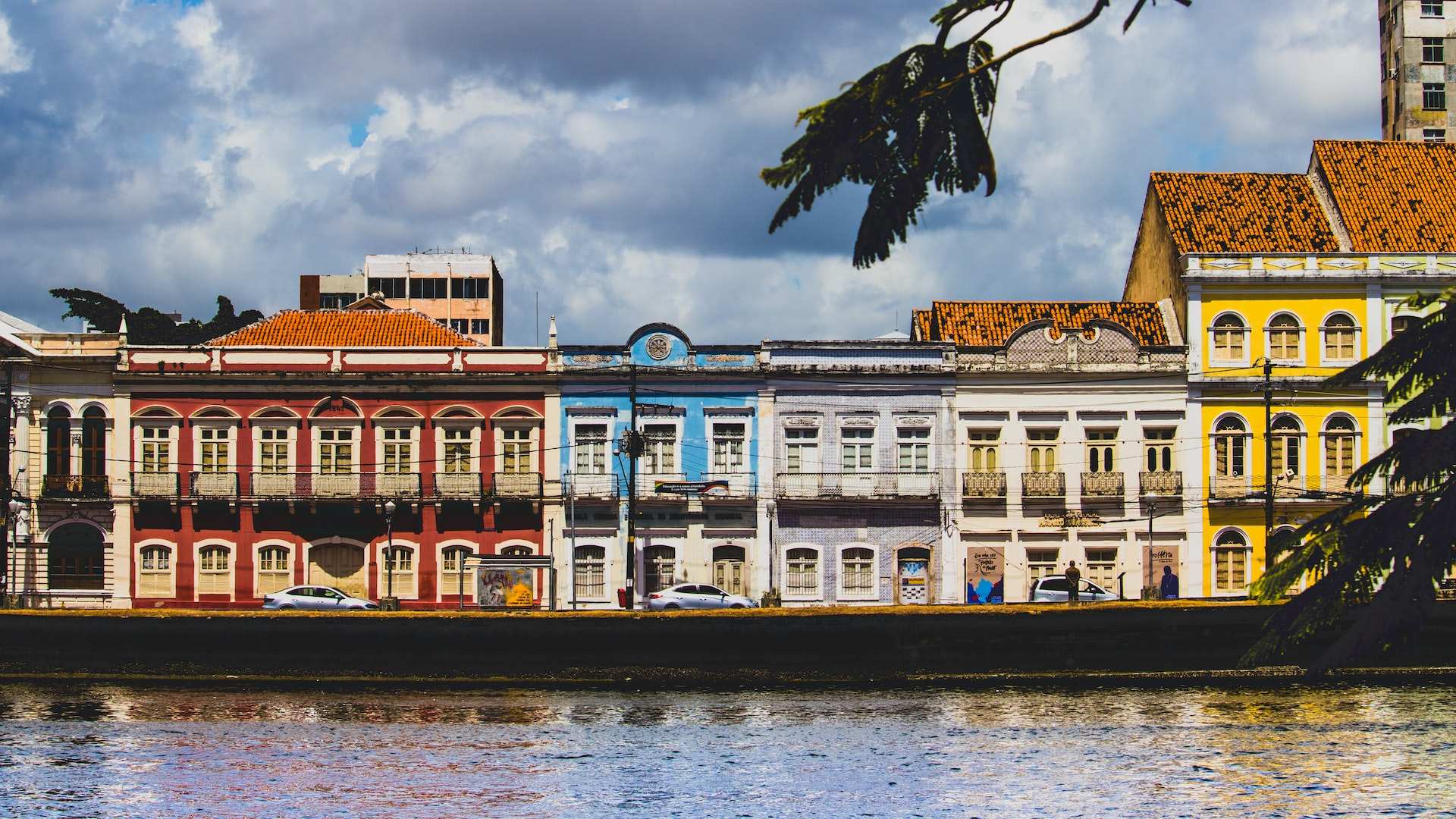Transportation in Rio de Janeiro is a complex and sometimes challenging topic, with a variety of options available for travelers looking to get to and around the city. Rio de Janeiro, or simply Rio, is the second-most populous city in Brazil, and one of the most popular tourist destinations in the country. It is known for its beautiful beaches, lively nightlife, and rich culture, making it a must-see destination for many visitors to Brazil. However, getting to and around the city can be a bit of a challenge, especially for first-time visitors. In this article, we will explore the various transportation options available for getting to Rio from the surrounding main cities in Brazil, as well as the best ways to move around the city once you arrive. We will cover the ease, cost, and safety of each option, to help you make an informed decision when planning your trip to Rio.
Getting to Rio from Other Cities in Brazil
The main airport serving Rio de Janeiro is Galeão – Antônio Carlos Jobim International Airport, also known as Galeão Airport, which is located about 20 kilometers (12 miles) north of the city center. The airport is well-connected to major cities in Brazil, such as São Paulo, Brasília, and Belo Horizonte, as well as international destinations such as Buenos Aires, Paris, and Madrid. There are several airlines that operate flights to and from Galeão Airport, including Azul, Gol, and LATAM.
Another option for getting to Rio from other cities in Brazil is by bus. There are several bus companies that operate long-distance routes to and from Rio, such as 1001, Itapemirim, and Pluma. These buses are generally comfortable, with air conditioning and reclining seats, and they make stops at major cities along the way. However, the bus ride can be quite long, and the cost can be higher than other options.
Moving Around the City
Once you arrive in Rio, you will need to figure out how to get around the city. The public transportation system in Rio is quite extensive, and includes buses, metro, and trains. The metro is the most efficient way to get around the city, with two lines that connect major points of interest, such as Copacabana, Ipanema, and the downtown area. The metro is also relatively inexpensive, with a single ride costing around R$4.50 (about US$0.80).
Another option for getting around the city is by bus. There are several bus lines that operate throughout the city, and they are generally reliable, although they can be quite crowded during peak hours. The cost of a bus ride is similar to the metro, at around R$4.50 for a single ride.
Taxis and ride-sharing services, such as Uber and 99, are also widely available in Rio, and are a convenient option for getting around the city. However, it’s important to note that the cost of a taxi or ride-sharing service can be higher than public transportation, and it’s best to agree on the fare before starting the trip. Additionally, it’s important to exercise caution when using ride-sharing services, as there have been reports of fraud and theft in the past.
Another popular way to get around the city is by bike-sharing services, such as Yellow Bike and Bike Rio. These services allow you to rent a bike for a small fee, and then return it to any bike station in the city. This is a great option for exploring the city on your own and getting some exercise at the same time.
Safety Considerations
It’s important to note that while Rio de Janeiro is a beautiful and vibrant city,it also has a high crime rate, and tourists should exercise caution when using public transportation or traveling around the city. In particular, it is recommended to avoid using public transportation at night, and to always be aware of your surroundings. Additionally, it’s best to avoid carrying large amounts of cash or valuable items with you, and to keep your phone and passport in a safe place.
Another safety consideration when using public transportation is to be aware of pickpocketing. Pickpocketing is a common problem on buses and trains, and tourists should be particularly careful when travelling in crowded areas. To avoid becoming a victim of pickpocketing, it’s best to keep your valuables close to your body, and to avoid carrying large amounts of cash.
Conclusion
Transportation in Rio de Janeiro is a complex topic, with a variety of options available for getting to and around the city. Whether you choose to fly, take the bus, or use public transportation, it’s important to consider the ease, cost, and safety of each option when planning your trip. By following these guidelines, you can help ensure that your trip to Rio is safe, enjoyable, and memorable.



